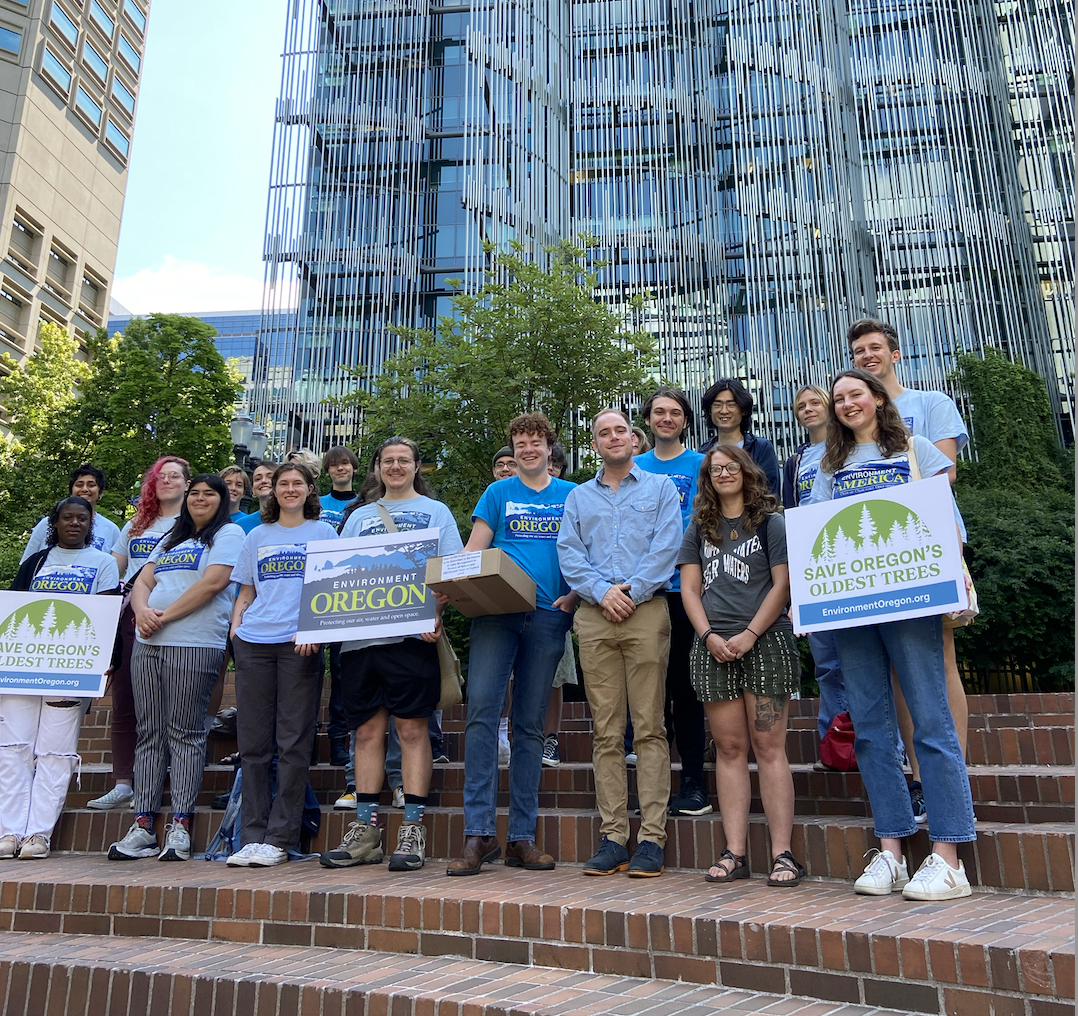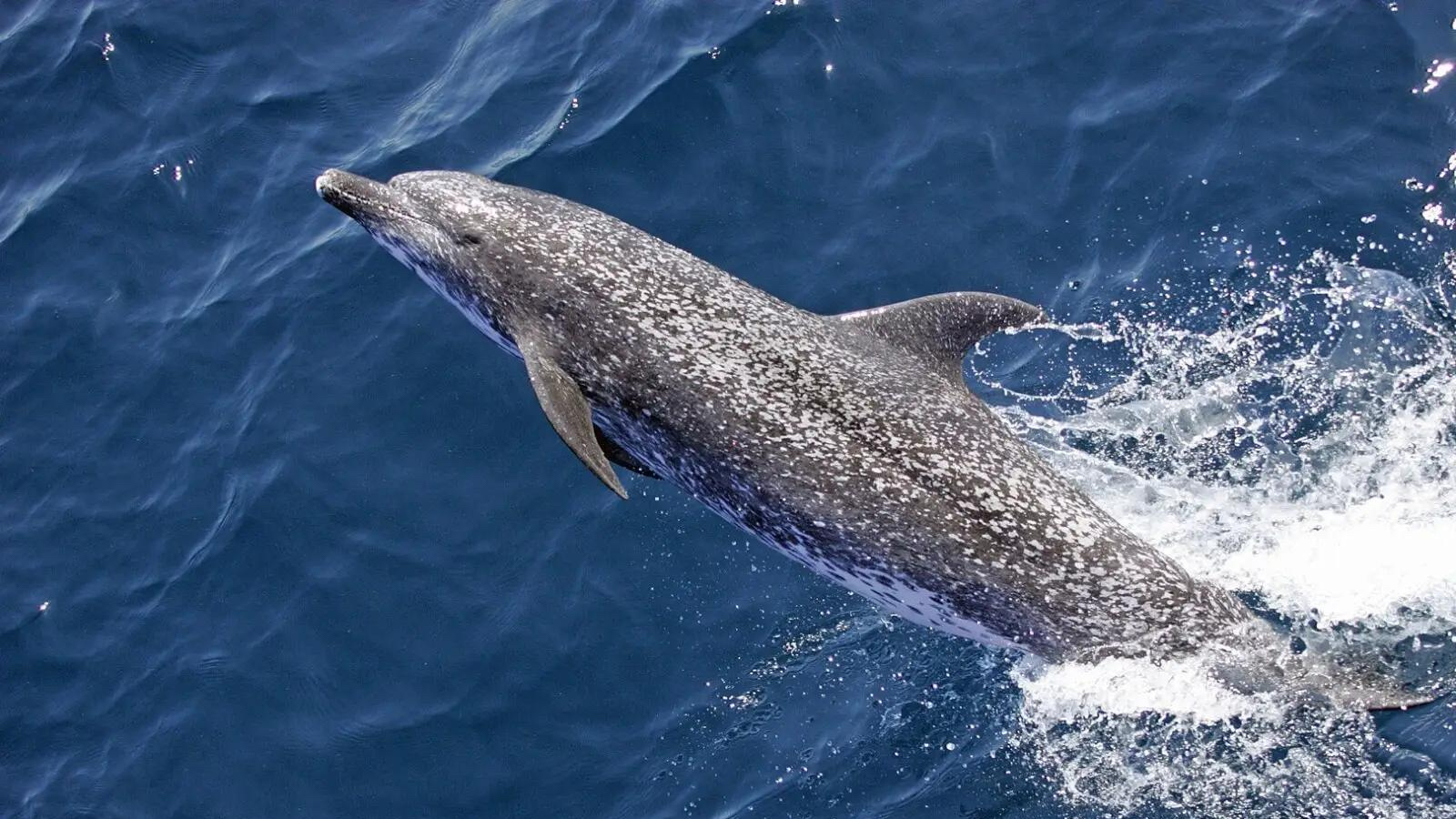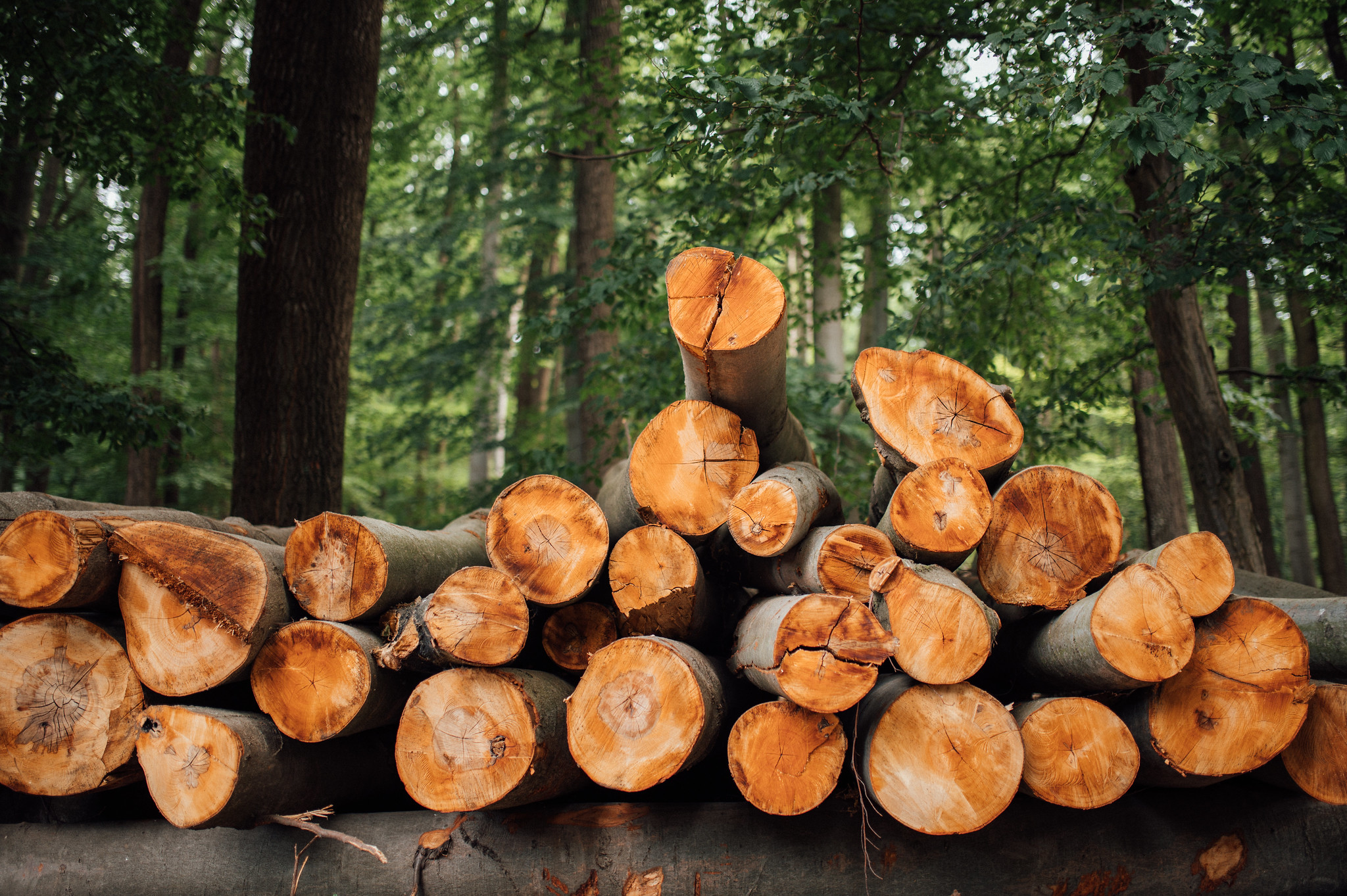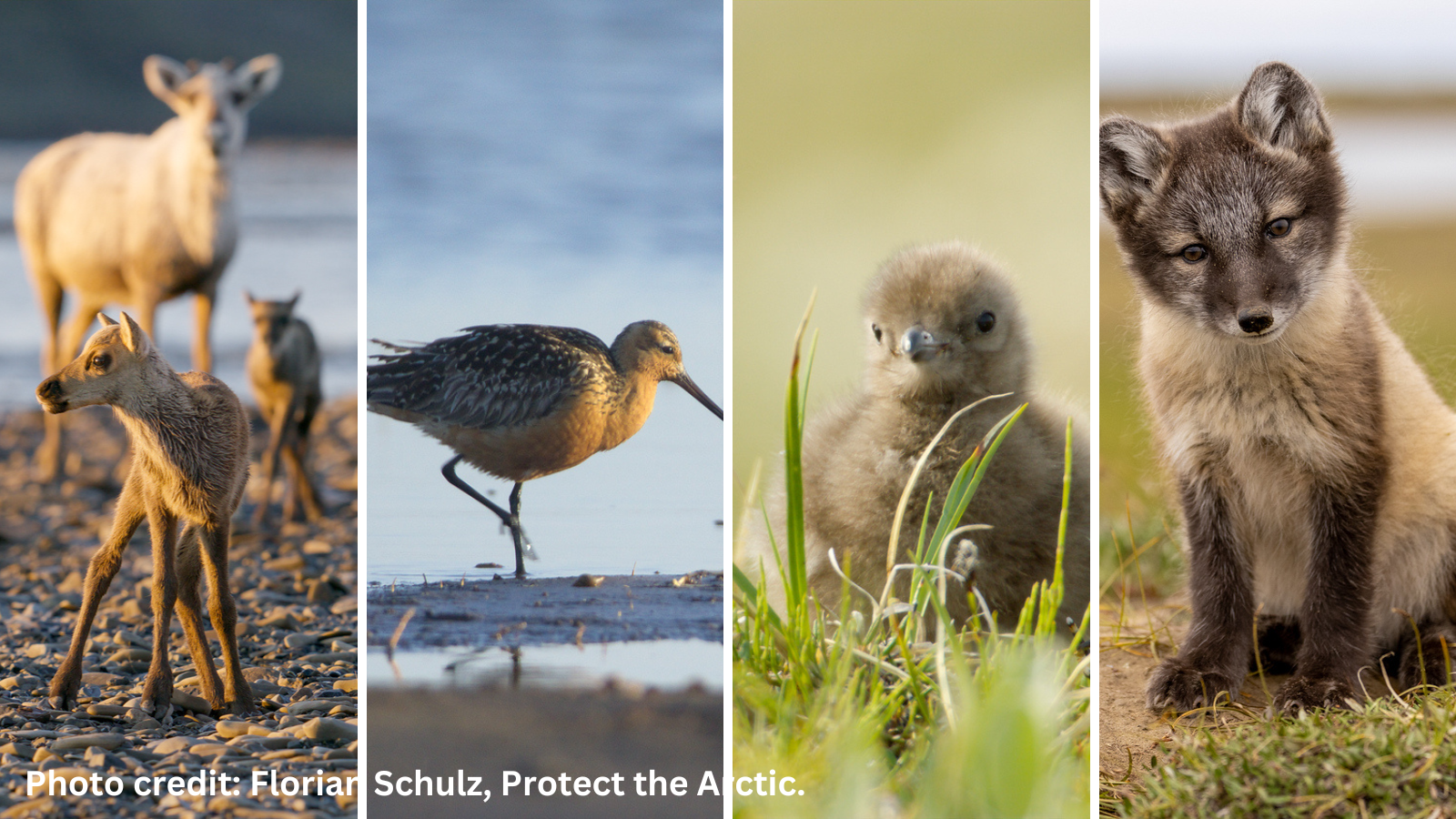
Uranium mining: What can go wrong?
In the areas around the Grand Canyon, there are 600 claims for uranium mining. What might this mean for the Grand Canyon?

How uranium is mined and processed
There are two methods for uranium mining .
The first method is open pit mining. This method strips away topsoil and rock to reveal the uranium ore. If the uranium is deep under the surface, underground mines will be built and the ore is then removed through an underground tunnel system.
The second method, in situ mining, uses strong chemicals to dissolve uranium from the rock surrounding it. The uranium is pumped to the surface through wells. This method is the most common method of extracting uranium in the United States and is most effective in areas with a lot of groundwater.
After bringing the uranium ore to the surface, mining companies have two options to extract the uranium. The first, milling, adds chemicals to crushed uranium ore to dissolve the uranium. The uranium is separated from the chemical mixture and solidified. There is only one operational uranium mill in the United States, located in Utah.
The second method, heap leaching, is not used in the United States for uranium mining. Heap leaching uses chemicals to extract a liquid containing uranium from the rocks that previously held the uranium. This liquid then undergoes further treatment to recover the uranium. The mining and extraction processes require the use of chemicals.
Does uranium mining produce radioactive waste?
Uranium mining leaves behind radioactive waste. When the mining process is complete, the wastes from milling and in situ mining are stored in ponds, also called impoundments, and can remain radioactive. As uranium decays, it becomes radium and eventually it becomes radioactive radon gas. Uranium waste can be radioactive for thousands of years, meaning mining sites can be dangerous for years after they stop operating.
In the past, mining companies operating open pit mines discarded waste rock outside of the pit. If this practice continues, wind blowing by these waste rocks can pick up and spread radioactive dust that can enter surface water used for drinking and contaminate groundwater. This dust may also be inhaled by humans and sit in their lungs for a long time. Contamination of water can exist for hundreds of years and threaten a variety of species, including humans, various types of fish, and other wildlife. Contamination can cause reproductive deformities and a buildup of radioactive materials in the food chain. Water with high uranium radiation can cause kidney damage in those who ingest it.
In the past, uranium mining in Northern Arizona has had a significant impact on the Navajo community. Nearly a third of the Navajo have traces of uranium in their urine, indicating the extent of exposure and potential health risks associated with uranium mining.

Photo by NPS | Public Domain
Canyon Mine’s Stain on the Grand Canyon: Will History Repeat Itself?
The Canyon Mine, a uranium mine in the Grand Canyon area,is a perfect example of the dangers of uranium mining.
Canyon Mine was renamed to Pinyon Plain Mine, possibly to remove the bad reputation associated with its name. The mine is located 7 miles south of Grand Canyon National Park on Red Butte Traditional Cultural Property, which is of religious and cultural importance to multiple tribes in the area, particularly the Havasupai.
The Canyon Mine was cleared for operation in 1986, but shut down a few years later when uranium became less profitable. Since surface preparation began, more than 30 million gallons of contaminated groundwater have been pumped out of the mine. The water was dumped into a pond that attracts many unknowing animals who drink from and bathe in the pond, exposing themselves to radioactive waste.
The Canyon Mine has also been accused of illegally trucking the contaminated water over state lines and misting the water into the air on national forest land to speed up evaporation. Practices and procedures at the Canyon Mine and their effects provide a glimpse into what we may be dealing with should even some of the 600 mining claims be developed.
The patterns of groundwater flow in the Grand Canyon and surrounding areas are difficult to predict as there is not enough research to make assertions about where it will flow. If you were to pour a glass of water on the ground at the top of the Canyon, there is no way to know where that water will end up. This means that the Canyon Mine’s waste could be flowing into the Colorado River and Havasu Creek, harming the health of the residents of Supai Village at the bottom of the Canyon. Another mine in the area which closed in 1969, the Orphan Mine, had poor waste management practices. Improper waste management has led to hikers being advised not to drink water in the Canyon as it is likely contaminated with radioactive materials from the mines above.
There is a 20 year moratorium on developing new mines in the area which is scheduled to end in 2032. We must permanently protect the area before it expires.
Topics
Authors
Ellen Montgomery
Director, Public Lands Campaign, Environment America
Ellen runs campaigns to protect America's beautiful places, from local beachfronts to remote mountain peaks. Prior to her current role, Ellen worked as the organizing director for Environment America’s Climate Defenders campaign. Ellen lives in Denver, where she likes to hike in Colorado's mountains.
Samantha Crosby
Environment America intern
Find Out More

We’re hiring interns who envision a cleaner, greener world

Dolphins of the Gulf of Mexico

Which toilet paper companies are taking steps to be more sustainable?

